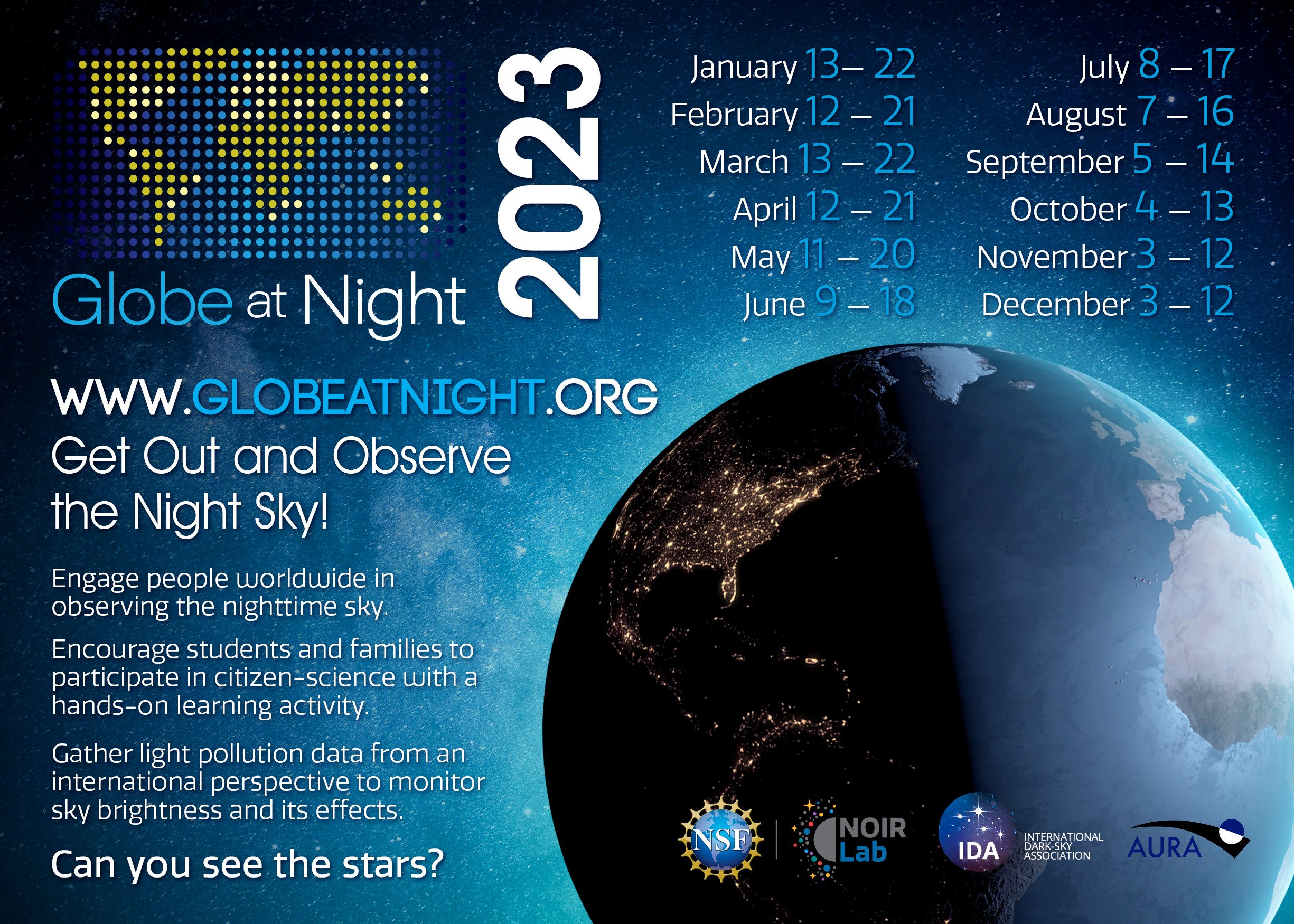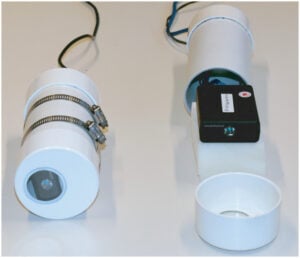
Measuring light pollution
Solving light pollution requires measuring the brightness of the night sky. Learn how — become a community scientist!

Due to light pollution, the night sky over many of our cities is hundreds of times brighter than a natural, starlit sky. This sky glow hides the stars from our sight and prevents us and all life on Earth from experiencing a natural night, even in areas hundreds of miles away from urban development.
An important part of solving the problem of light pollution is to have a thorough understanding of its magnitude, and a great way to do that is to measure the brightness of the night sky. Thankfully, it is relatively easy to make such measurements, and you can help.
Become a community scientist
Participating in the Globe at Night citizen science campaign is a great way to help our understanding of sky glow and its impact. No special tools are required and observations can easily be reported by smartphone, tablet, or computer. Providing data from a handheld sky quality meter (SQM) device is optional. Directions on how to use the handheld device can be found here.
There are a few ways to make night sky brightness measurements with a smartphone. The Dark Sky Meter app makes use of the iPhone camera to record the brightness of the night sky, while the Loss of the Night app walks the user through the sky as measurements are made with a different sensitive tool – the human eye. And now, thanks to the MySkyatNight project, you can also do your own analysis of all this available data.
Another way you can help is by participating in the Cities at Night project, which relies on citizen scientists to map and identify photos of cities taken from the International Space Station. This valuable information helps researchers better assess light pollution across the globe.
Community standards for reporting sky glow observations

In addition to the smartphone apps and the Globe at Night project, more rigorous, long-term monitoring is also being conducted. The introduction of permanently connected SQM devices (such as the SQM-LU, SQM-LU-DL, and the SQM-LE) and the International Year of Astronomy Lightmeter have led to a large number of continuous sky glow monitoring stations.
While these developments are excellent news for those interested in monitoring light pollution, there isn’t yet a common standard for recording measurements from these devices. This has greatly hampered efforts to compare measurements from different locations, and to develop databases containing long-term measurements from around the world.
At the Cabauw Lightmeter InterComparison (CLIC) workshop in May 2012, a group of light pollution researchers defined a proposal for a new standard format to be used for recording sky glow measurements. The goal of the standardization is to make comparisons of future measurements easier, regardless of whether the measurements were taken using currently available detectors or by new detectors. For this reason, the community has designed a format that it is hoped will anticipate the needs of potential future devices (e.g., multiple channels with different filters or opening angles), but without making the format so open as to not actually be helpful.
Directions on how to download the program PySQM and insert the standardized code to collect and download night sky data can be found here. Explanations of the code are provided in this document. Additionally, you can download compatible programs from the SQM Reader website by Knightware.

















